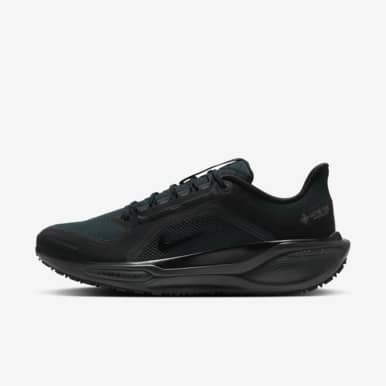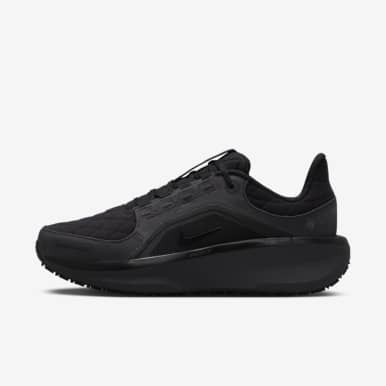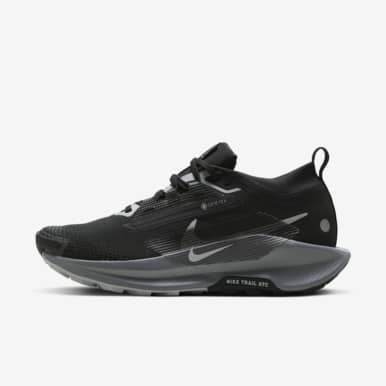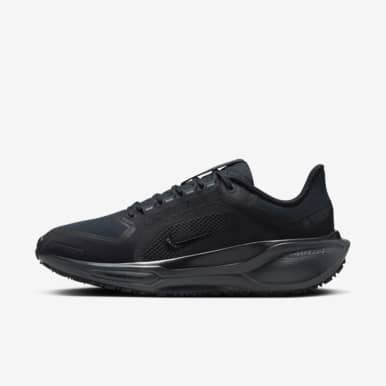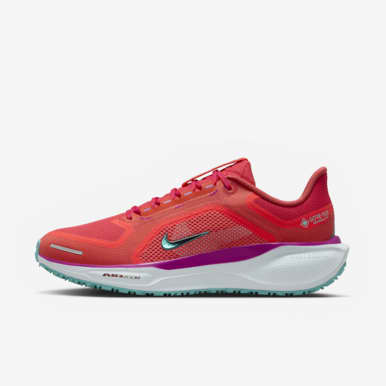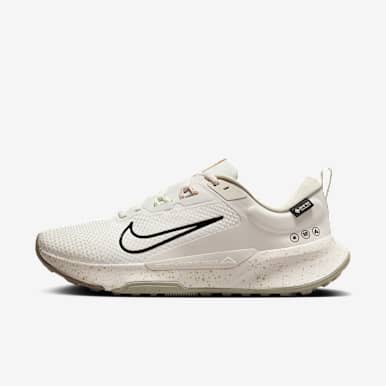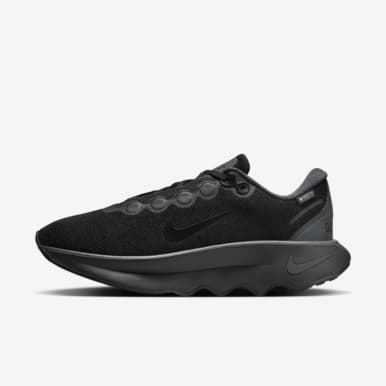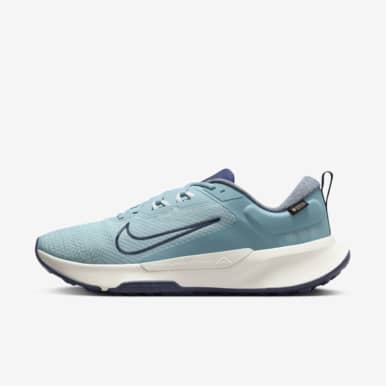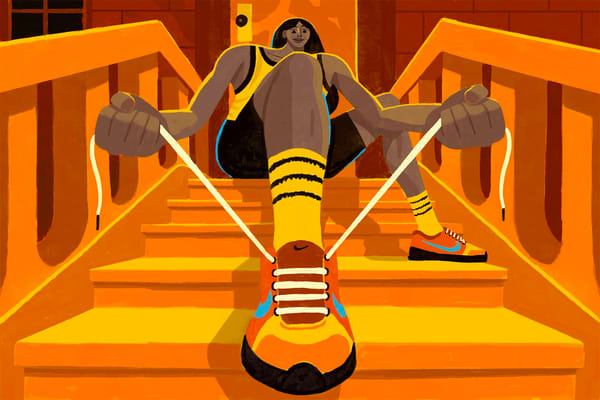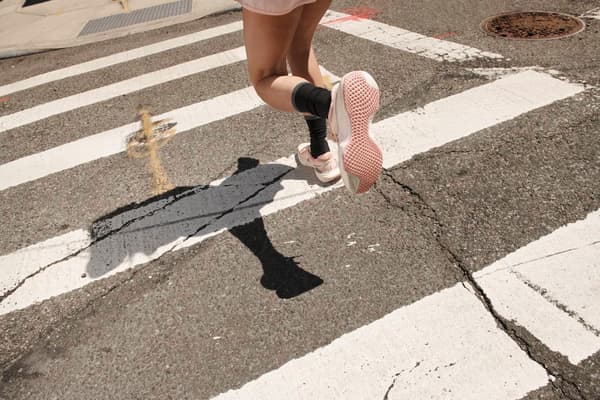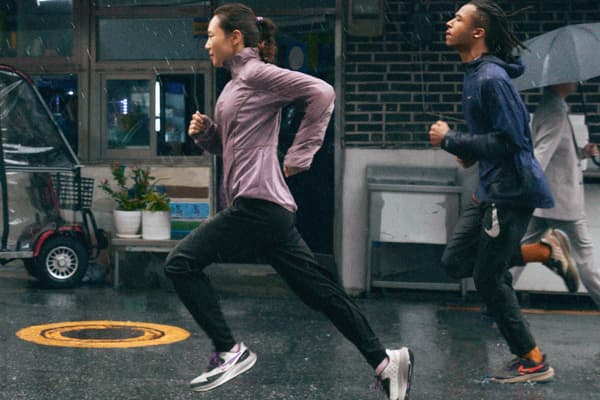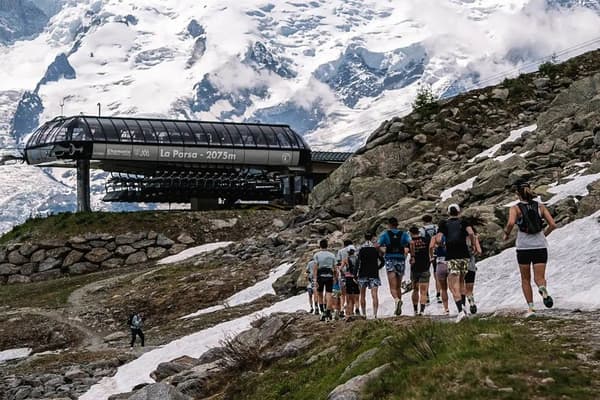What Are the Best Shoes for Rainy Weather?
Buying Guide
The world doesn't stop when it rains and your training doesn't have to either. Whatever your sport, keep your feet dry with shoes for rainy weather.
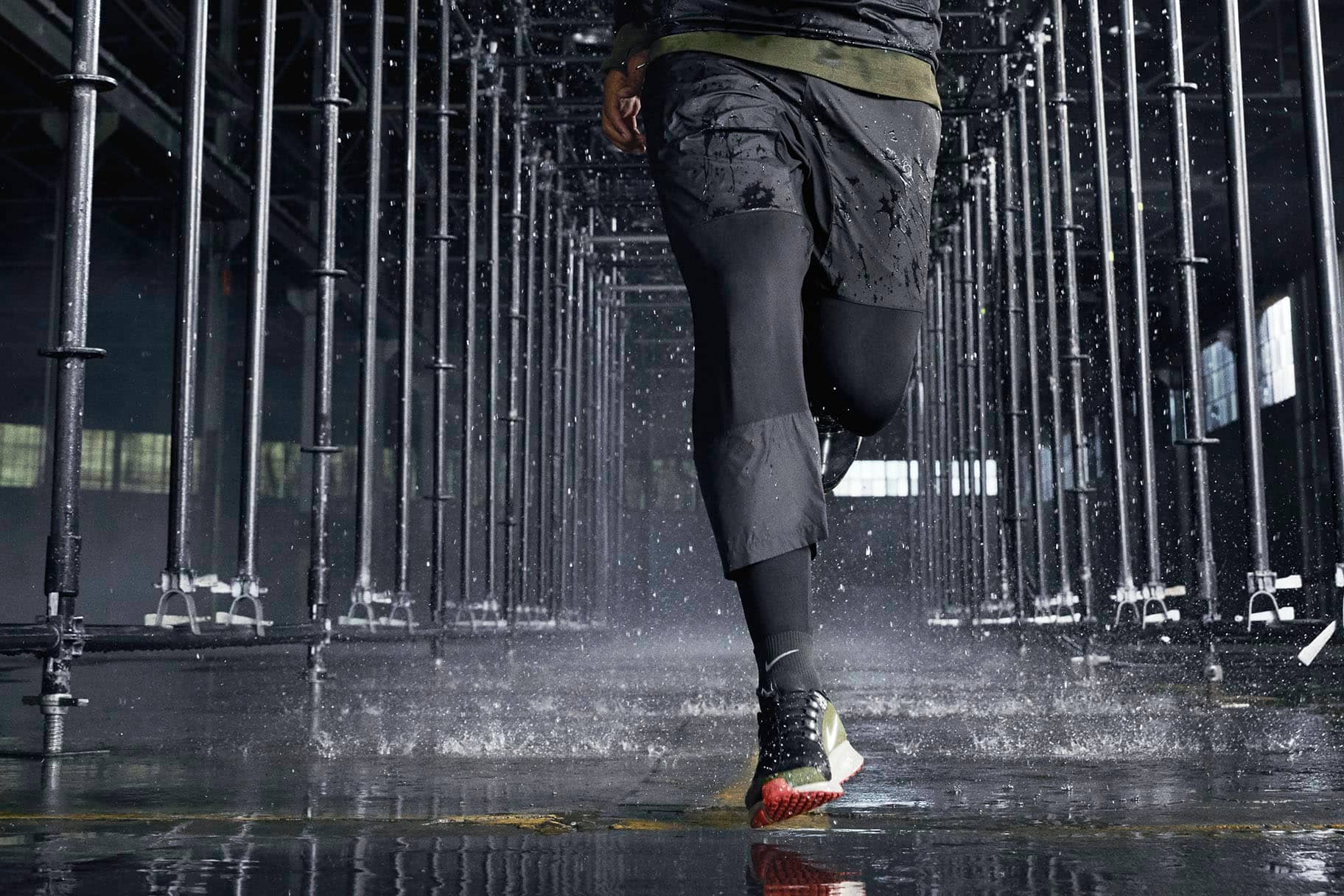
Whether you're an incessant runner, avid hiker or outdoor basketball player, keeping your feet dry and warm during rainy weather is essential.
Regardless of where you live or train, rain is inevitable. So being properly prepared with gear that withstands the elements is key. Most importantly, having the best shoes for rain will provide traction, repel water and protect against the damp to keep you focused on the task at hand.
Your performance depends on your preparation for any weather. Slipping and sliding on a wet trail or court could mean injury and sitting out the rest of the season. Here's what to look for in a pair of shoes for rainy weather.
How to Choose Shoes for Rainy Weather
1.Pick Shoes for Your Training
Climate, terrain and daily weather conditions vary based on your location, and not every sneaker is right for every situation. Are you an off-road marathon runner, a track sprinter or football player? Choose running shoes that are designed for your needs and typical running route.
Shoes like those in the Nike Shield collection offer protection from the elements with water-repellent materials, enhanced traction and 360-degree reflectivity. A spacious toe box and generous React cushioning provide a stable and reliable ride for all your miles. Customise your pair with a weather-resistant shroud over your forefoot and you're good to go.
Or check out the Nike Air Zoom Pegasus. Responsive React foam and Zoom Air unit in the forefoot helps keep your turnover smooth. And the Storm-Tread outsole has multiple lugs and a water channel to help grip the road every time your foot hits the ground.
Trail Running and Hiking Shoes
Whether it's a hike or a challenging run, you'll want a shoe like the Pegasus Trail with a soft React midsole that promotes a smooth transition. Bike-inspired lugs on the outsole help provide stability on unstable terrain, and the GORE-TEX upper provides a lightweight barrier for the wettest of weather.
Or there's the Nike SFB Field. It's a true outdoor boot for rugged conditions with resilient and robust materials top-to-bottom. Durable leather and canvas provide comfort that stands up to the elements, and the lightweight foam midsole features a rock plate to help protect your feet from rocks and tree roots.
Even if you're not trying to set your PR on the track or the trail in a downpour, you still need something that protects you from the elements as you go about your day. Keep your feet dry with Nike Air Force, now with GORE-TEX construction for added weather protection.
2.Prioritise Fit and Feel
There's only one way to know which shoes are best for you: Put them on. Then take them outside in wet weather. When it comes to finding the right fit and feel, there's no substitute for actually trying the shoes in wet conditions. If you don't love them, return them.
3.Decide Between Water-Repellent vs. Waterproof
Should you pick water-repellent or waterproof shoes? The answer depends on how much protection you'll need.
Water-repellent shoes use sealed seams to keep water on the outer surface and a thin layer of water-repellent material inside the sneaker to help keep feet dry. Nike waterproof shoes use GORE-TEX technology to block water from passing through
On days with a light shower, water-repellent shoes provide enough protection to keep you dry. In wetter climates with heavy downpour, opt for waterproof shoes to keep the rain out.
4.Consider Other Features
You'll want to look for features that are specifically designed to help you battle rainy conditions. For example, Nike weatherised shoes feature a number of iconic innovations, including:
- ACG: Nike All Conditions Gear combines urban utility and modern design for optimal function in all conditions.
- Free: Nike Free technology helps strengthen feet by mimicking natural motion for enhanced foot flexibility and balance.
- React: Nike React foam provides the right amount of responsiveness and durability with a soft, lightweight feel.
- Shield: Nike Shield offers protection from the elements with water-repellent materials, enhanced traction and 360-degree reflectivity.
- Zoom: Nike Zoom Air technology is a flat, thin air unit that provides responsive cushioning for top speeds and fast off-the-mark movements.
5.Find a Design You Like
It's not all about function. You want comfortable shoes that make you look good and feel confident, even on a cold, rainy day. Whether you prefer muted or bright colours, monochromatic or a rainbow of colours, Nike running shoes come in a variety of colours to fit your style.

Staying Safe in the Rain
Know Your Route
Even if you're a trail runner, a rainy day doesn't need to disrupt your routine. But it's important to make adjustments, particularly with your footwear and your route, to guarantee your safety.
Rain makes the ground slippery and lowers visibility. Any rocks or smooth surfaces will be particularly slippery and can increase your risk of injury. Opt for shoes with traction and ankle support to stabilise you if you lose your footing.
And always respect trail closures. They're put in place by experts who care about your safety and they're protecting the environment from erosion. There may be floods or hazards that aren't obvious at first. If your usual trail route is closed, try a road route you may be familiar with from driving it.
Visibility is worse in the rain, so stick to running routes you've done before to avoid getting lost. A thunderstorm isn't an ideal time to try out a new path. To keep yourself visible for other runners and cars, wear clothes and running shoes that contain reflective design elements.
Wear Running Clothing Designed for Rain
Your running shoes aren't the only thing to consider. Protect yourself from the elements by choosing clothes designed for wet conditions.
It's common to overdress when running in the rain. But wearing more layers won't keep you drier. You need clothes with rain-resistance technology. Plus, the rain doesn't necessarily mean it's cold. So minimise your risk of overheating by wearing light, waterproof layers.
Nike running wear for rain is made from breathable fabrics to allow for airflow, while keeping you dry with waterproof and windproof technology.
Under your shoes, wear socks that keep your feet cool and dry. Nike socks with Dri-FIT Technology have strategically placed mesh to wick sweat and moisture, while allowing ventilation. These socks contain arch-support panels and a reinforced heel and toe to enhance support and durability in wet conditions.
Frequently Asked Questions
Is It Safe to Run in the Rain?
How Should You Clean Your Shoes After a Wet Run?
1. Remove the dirt using a soft cloth and mild cleaning solution. The best is warm water with a small amount of mild laundry detergent.
2. Remove the laces and clean separately with the same solution.
3. Use a dry microfibre towel or soft cloth to blot and lift as much soapy moisture and dirt as possible.
4. Air dry at room temperature.
